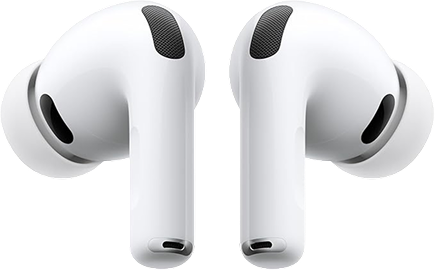Do I Need Braces? What Conditions Can Braces Treat?
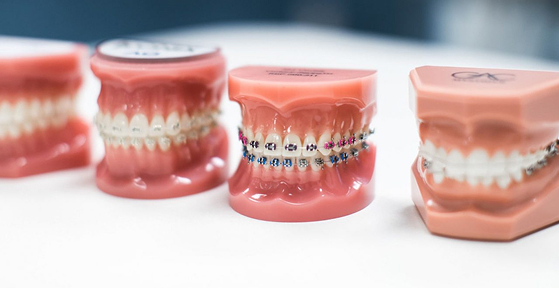
What Conditions Does
PacificWest Dental Group Treat?
What Conditions Does
PacificWest Dental Group Treat?
Every patient is unique and has their own individual needs. There are various types of malocclusion that our clinic staff treat on a regular basis. Here are some of the issues that appointments with our team can remedy.
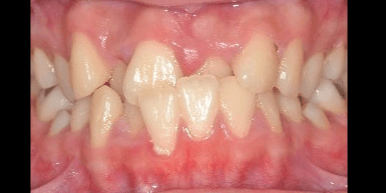

Crowded Teeth
Crowded teeth or overcrowding occurs when the jaw bone is too small for teeth to grow straight into the mouth. It causes teeth to rotate and overlap against each other to fit in. The result is crookedness and misalignment.

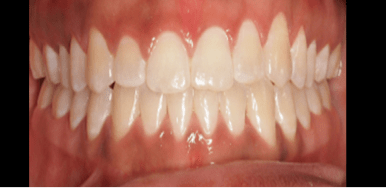
Irregular Spacing
The teeth must be a certain shape and size to fit together like a jigsaw puzzle. If a tooth doesn’t fit properly, it can cause issues. Dr. Wang and Dr. Lee understand how to address this issue. Invisalign braces are a great treatment option.
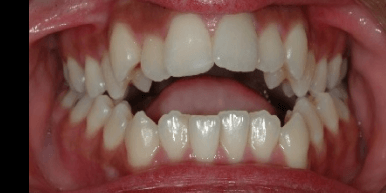

Open Bite
An open bite happens when the front upper and lower teeth slant outwardly. It stops them from touching one another when the patient bites down. At PacificWest Dental Group, our staff understands how to correct bite issues using Invisalign braces.
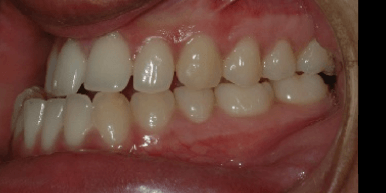
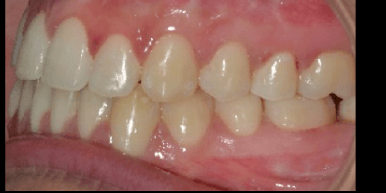
Under Bite
Underbite occurs when the teeth along the lower jaw protrude out farther than the upper front teeth. It happens because of incorrect jaw alignment. With our expertise in dentistry, Dr. Lee and Dr. Wang can help you with orthodontic treatments such as Invisalign.
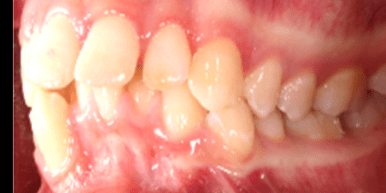
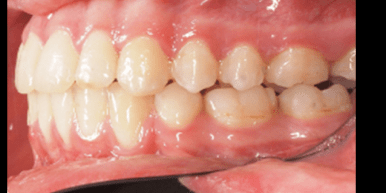
Over Bite
When the upper jaw and teeth extend too far over the teeth on the lower jaw, resulting in the appearance of a protrusive upper lip and teeth, or buck teeth, overbite is the culprit. The issue is common and can be addressed with Invisalign. Consult with Dr. Lee and Dr. Wang to find the right option for you.

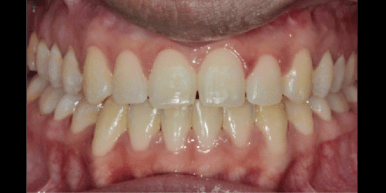
Crossbite
A cross bite is present when a tooth or several teeth are too close to the cheek or tongue. It prevents the teeth from biting against each other normally, making it harder to chew. Everyone, from teens to adults, can have this bite issue. During your consultation appointment with Dr. Lee or Dr. Wang at our Surrey office, you can learn about various treatment options, including Invisalign, which is quickly growing in popularity.
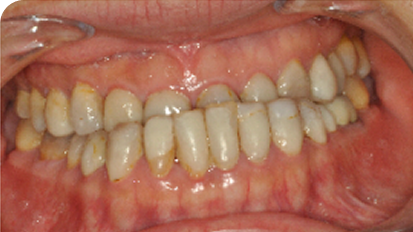
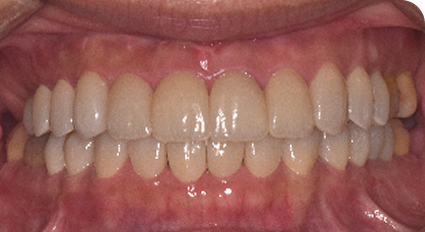
Highly Complex Cases
When there’s too much overlapping between the top and bottom front teeth, a deep bite occurs. Patients might not even realize they have a deep bite until they book their first appointment. That’s what Dr. Lee and Dr. Wang are here for. As experts in orthodontics, our staff focuses on making patients feel comfortable and safe during their appointment.
Our Doctors

Dr. Cheng Lun Wang
Specialty: Certified Specialist in Orthodontics
✓ Practicing since 1994
✓ Part-time clinical instructor at UBC Graduate Orthodontic program
✓ Dr. Wang also provides treatment for head pain and jaw pain
✓ Fluent in Mandarin

Dr. Kevin Lee
Specialty: Certified Specialist in Orthodontics
✓ Practicing since 2015
✓ Dr. Lee also provides treatment for Botox Cosmetic injections and Sleep Apnea oral appliance
✓ Fluent in Mandarin

Dr. Yan Liu
Specialty: Certified Specialist in Orthodontics
✓ Practicing since 2001
✓ Dr. Liu is an associate Professor at Peking University and UBC Graduate Orthodontic program.
✓ Fluent in Mandarin

Dr. Yashodhan Milind Bichu
Specialty: Certified Specialist in Orthodontics
✓ Practicing since 2016
✓ Dr. Yash has worked in Dubai and is experienced in providing lingual braces
✓ Fluent in Hindi/Urdu and conversational in Arabic and Punjabi.
Details for Common Conditions
A correct diagnosis is critical to resolving ongoing problems with teeth alignment. The course of recommended treatment will vary according to the problem diagnosed.


Crowded Teeth
Overcrowding occurs when the mouth is too small to safely house all of the teeth. This leads to teeth that overlap each other, causing leaning and other tooth irregularities affecting both alignment and the appearance of the bite. Some teeth will be pushed higher in the gum line while others may shift slightly forward or backwards to find their position.
As with many other malocclusions, overcrowding can be caused by a number of different factors. Though they can be hereditary, this type of dental issue can be caused by tongue thrusting and mouth breathing. In such cases, ceramic braces or other orthodontic treatments may be recommended to correct the overcrowding and achieve proper teeth alignment.
Left untreated, crowded teeth can result in a number of dental problems ranging from periodontal disease to discomfort when eating and even early tooth loss.


Irregular Spacing
Irregular spacing is caused by crooked or misaligned teeth. This is one of the most commonly seen dental problems in both adults and children. There are many different reasons why a person may end up with irregularly spaced teeth, causing crookedness. This problem can occur as a result of teeth that simply shift positions because they lack the size to fill the space allotted for them, causing them to lean. Some habits such as prolonged use of a pacifier or thumb sucking can also be to blame for teeth that are irregularly spaced. Other issues which may also affect the development of crooked or misaligned teeth include genetics, improper dental care, or injuries to the face.
Unfortunately, left untreated, irregularly spaced teeth can lead to further dental complications. These can include such problems as the development of periodontal disease, issues with chewing and proper digestion, speech impairment, excess tooth wear, and poor self-esteem.
Both traditional metal braces and Invisalign are effective strategies to resolve issues with irregular spacing of teeth.


Open Bite
An open bite is present in a patient that lacks the ability for their teeth to connect when their mouth is closed. The bite issue can be mild or severe and is generally impacted by the construction of the face and jaws as well as the existing formation of both the teeth and gums. In many cases, an open bite can also be influenced by certain habits.
Though heredity is the most common reason for the development of an open bite, this type of dental problem sometimes occurs as a result of uneven teeth in the upper and lower jaws. Other conditions that can lead to an open bite include tongue thrusting, thumb sucking, facial trauma, prolonged bottle feeding, excessive pacifier use, or tumours.
There are several different approaches we can take to help resolve an open bite. These include the use of traditional metal braces, clear aligners, and as a last resort, orthopedic surgery.


Under Bite
Underbites are when the lower teeth protrude beyond the upper teeth. Like with overbites, underbites can lead to jaw pain and the uneven wearing of teeth, eventually causing issues with tooth decay. Likewise, underbites cause the teeth to erode more quickly than normal. About 10% of Americans have underbites, making them not as widespread as overbites but still fairly common.
Underbites are easiest to treat when caught early. Orthodontists often use a palatal expander as a child is growing into a teenager to widen the upper jaw and help it to fit better into the lower jaw. Another device sometimes used is a type of headgear called a reverse pull face mask. In more severe cases, an oral surgeon will break the lower jaw and reset it farther back with medical hardware.


Over Bite
As mentioned, a healthy smile has a slight overbite in that the upper teeth will overlap the lower teeth a little. But a bite in which the upper jaw noticeably protrudes beyond the lower jaw is an overbite, or called an overjet when the protrusion passes a certain threshold. Sometimes the overbite is caused by the way the teeth are aligned, and sometimes it’s because of an issue with the overall jaw structure. Overbites, which are a rather common type of malocclusion, can cause speech problems like lisps, difficulty eating, jaw pain, and damage to teeth which leads to tooth decay.
Overbites are often corrected by using braces in conjunction with rubber bands or springs that pull the jaw into place over a period of many months.


Crossbite
Crossbites, a more complex situation than either overbites or underbites, happen when the upper teeth on one side end up on the inside of the lower teeth when the jaw is closed. Crossbites can cause significant wear on the teeth, leading to gum disease or bone loss. Crossbites may be inherited, but they can also be caused or worsened by poor oral habits like thumbsucking.
As far as orthodontic problems go, crossbites are fairly serious and should be treated young. Often treatments can begin as young as age 7, and early treatment makes the problem easier and less expensive to correct. Various retainers and appliances are used to treat this condition.


Highly Complex Cases
The most common type of dental braces is still traditional metal braces; they are composed of high-grade stainless steel. They are more comfortable and lighter-weight than in the past and straighten your teeth by using metal brackets and arch wires. To customize your look and make it more colourful, you have the ability to add coloured elastics (small rubber bands) to your metal braces.

